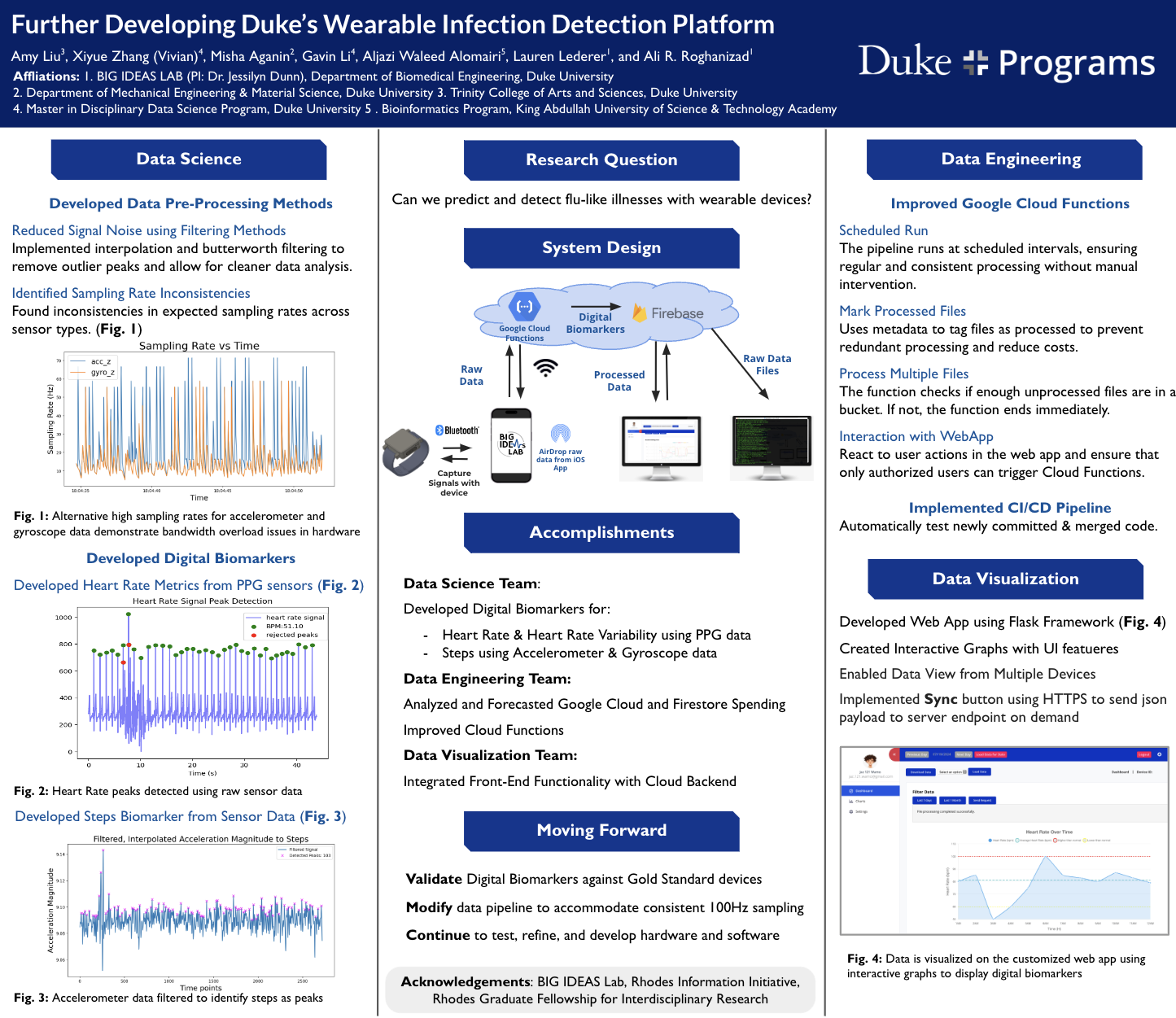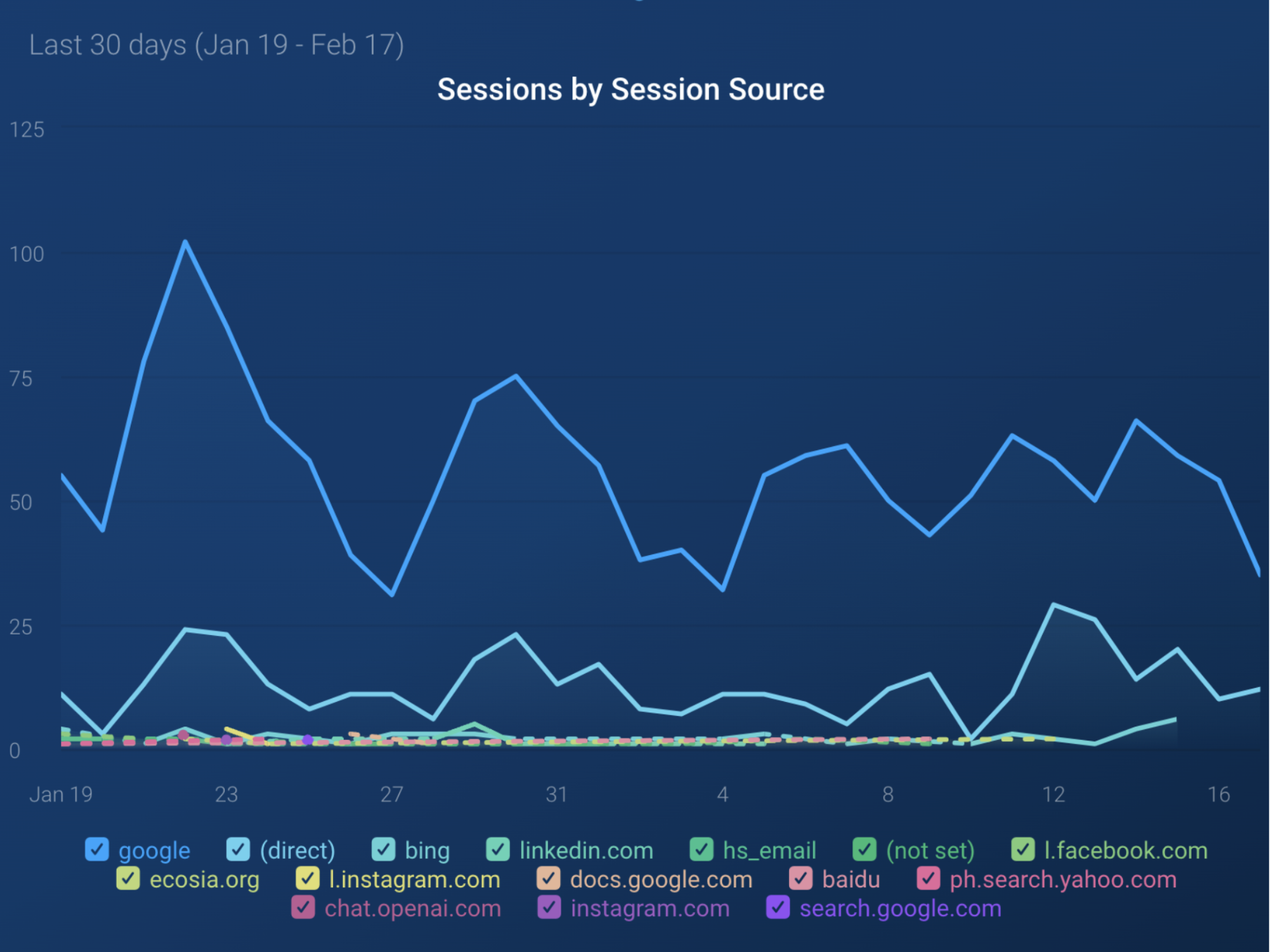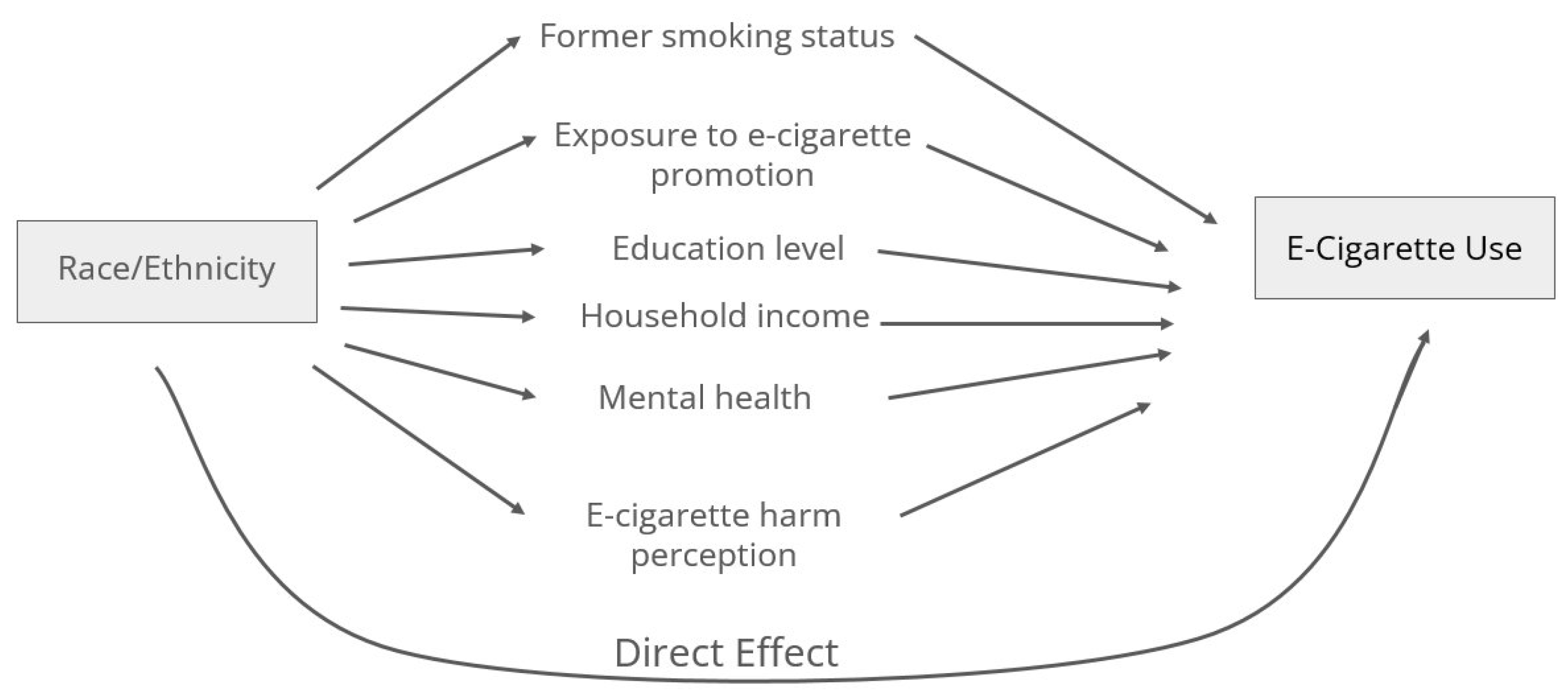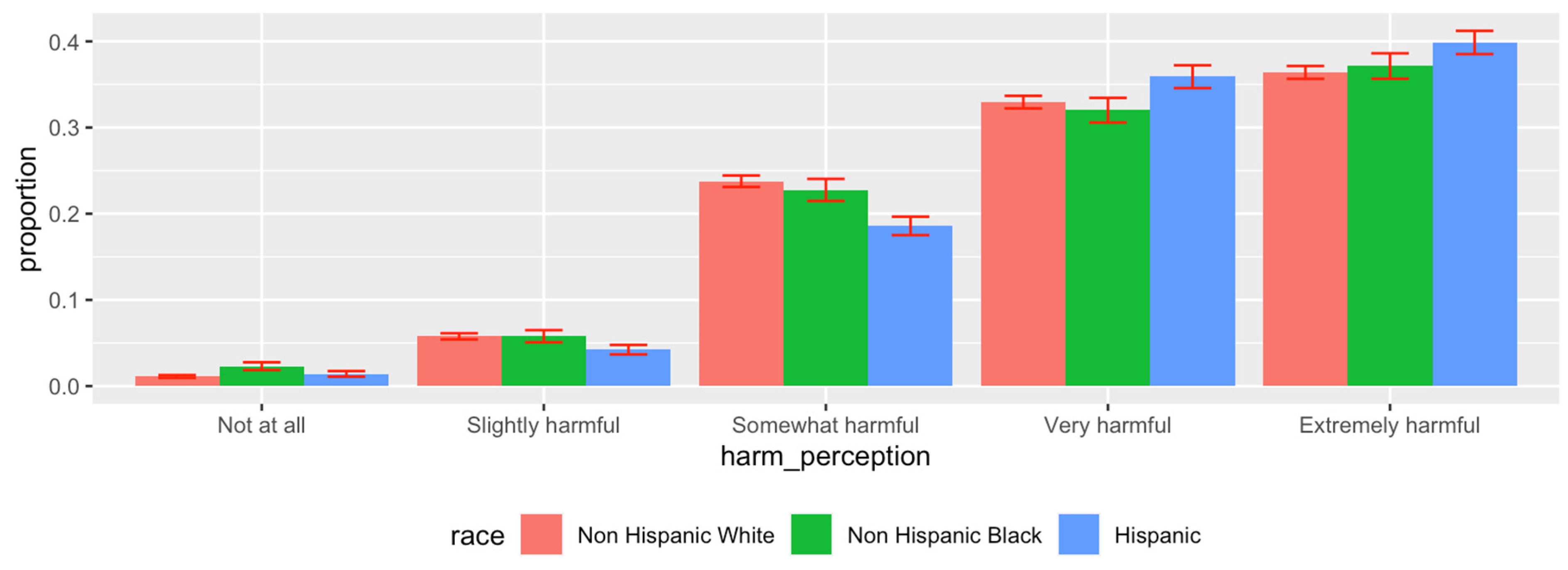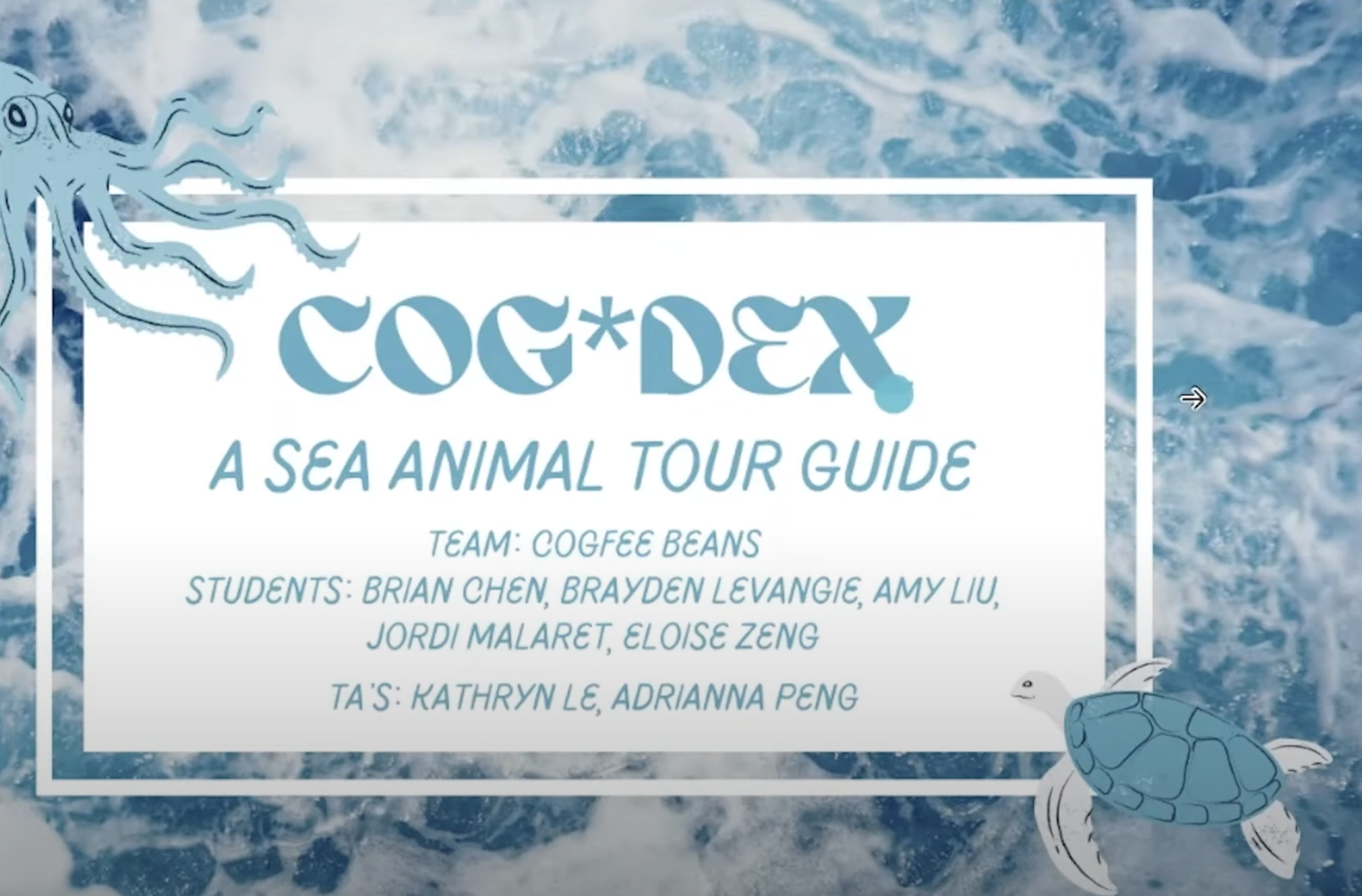during my time in the big ideas lab at duke university, i worked to develop key algorithms and biomarker detection of the lab's own infection detection wristwatch. this allowed me to be heavily involved in the development of this product, and allowed for me to learn the importance of cross-functional team management. i analyzed multimodal wristwatch data and developed a new pipeline using linear algebra frameworks to develop an accurate steps detection predictive model and algorithm.
i also worked heavily with the data engineering team to implement these biomarker detection algorithms into the google cloud via data pipelines and clean, functional code, and allowed me to work in detail with the software engineering team to implement our visualizations in the web application, along with optimizing algorithms for lower loading times on the web-app.
click on our poster to watch our final poster presentation!
key skills: python, numpy, pandas, seaborn, jupyter, git, google cloud, linear algebra
